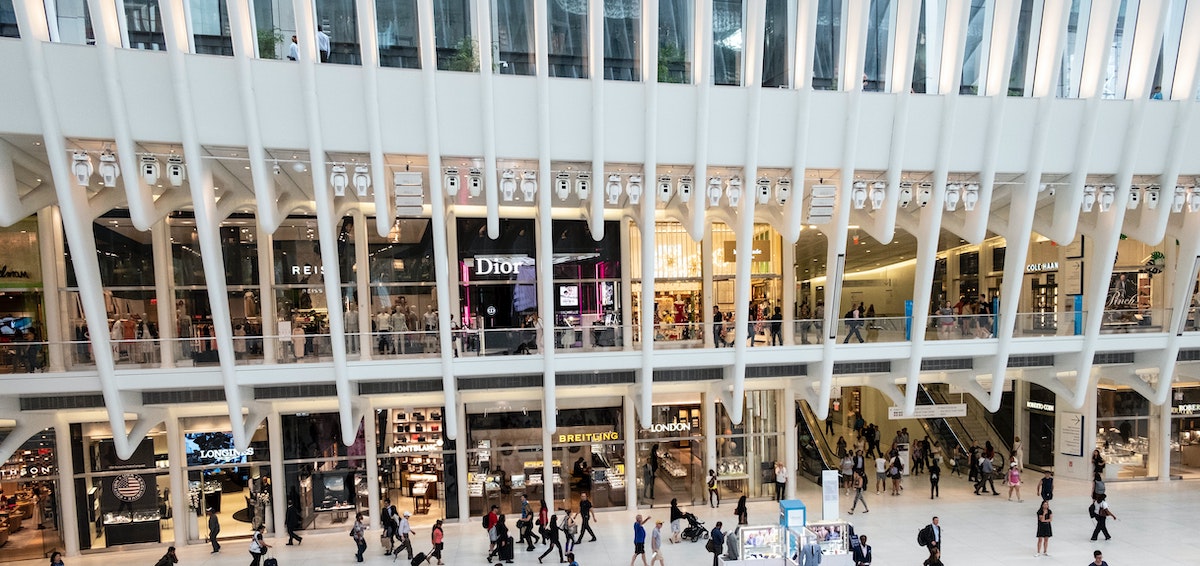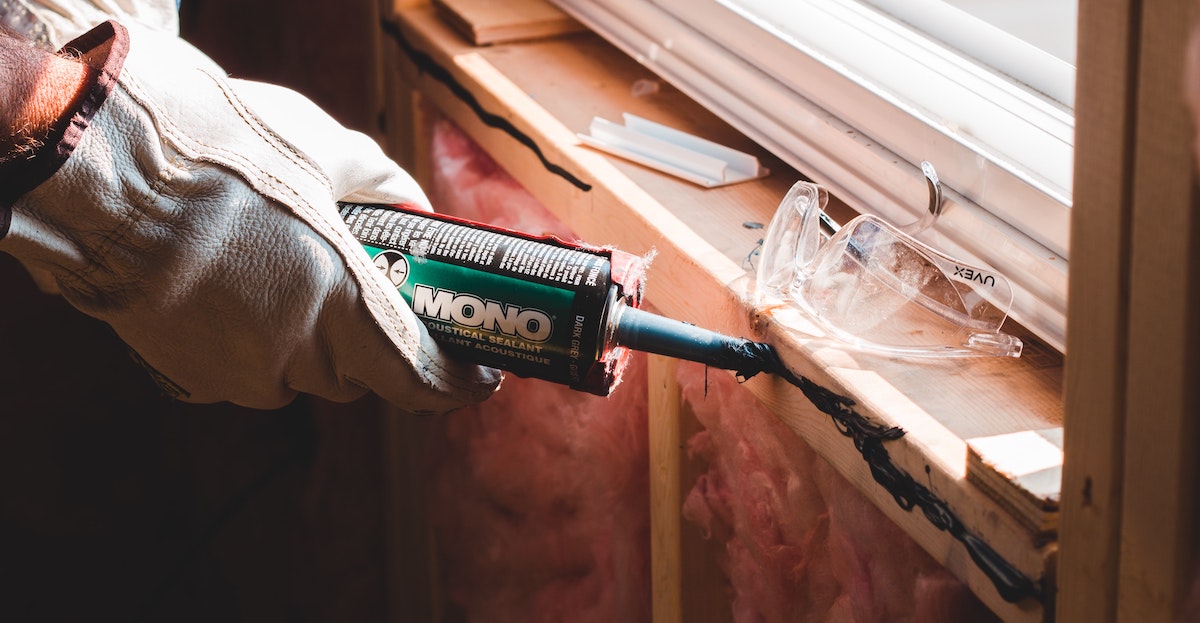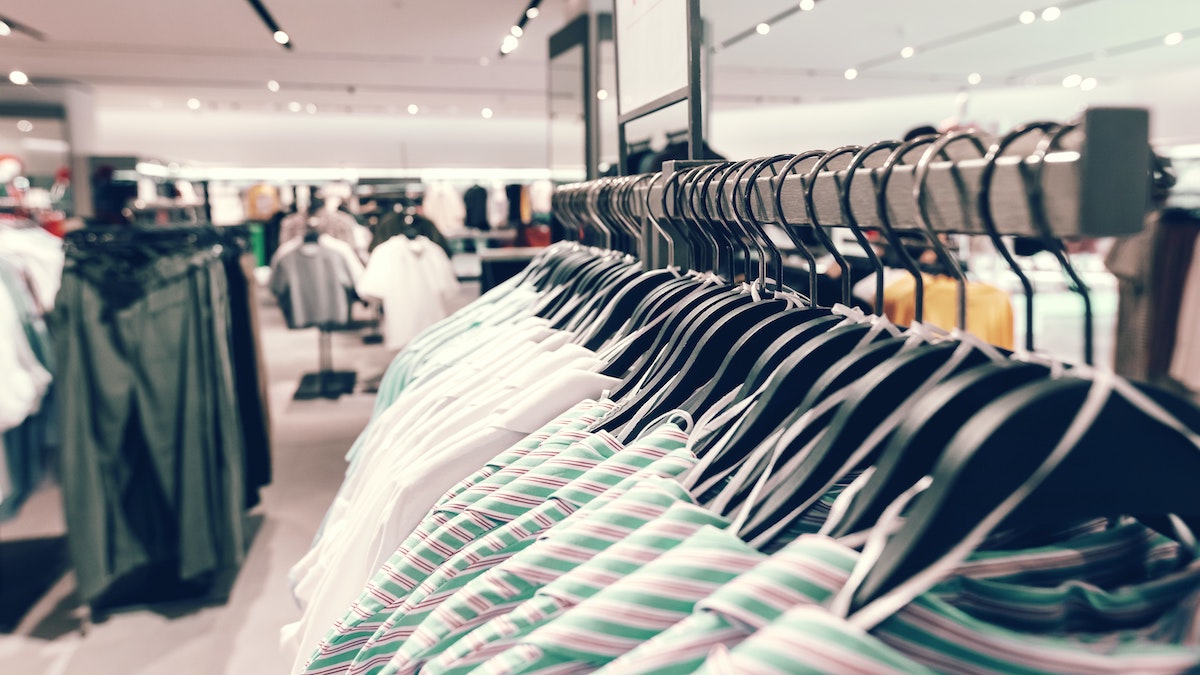Historically, success in personal care has meant winning precious shelf space from brick-and-mortar retail giants. This has created a large barrier to entry for new brands and left entrenched standbys with the lion’s share of the market. A recent faction of upstarts, however, has turned this model on its head by offering personal care products directly to consumers through their own websites. In this week’s Insight Flash, we look at some of these brands to see which ones have the highest spend growth, how loyal their customers really are, and whether cross-shopping implies that there may be consolidation in the space. Over the last year, Billie and Manscaped have seen the highest y/y direct-to-consumer spend growth, although it has decelerated from triple-digit levels in early 2020 to 37% for Billie and 24% for Manscaped in February 2021.
In today’s Insight Flash, we take advantage of our newly launched UK channel data to do a deep dive on how online shopping behavior has changed in the Apparel, Accessories & Footwear world since the COVID-19 Pandemic. We break out online vs. offline spend growth for the overall industry and included subindustries, as well as the percentage of sales through each channel by subindustry. For Apparel, Accessories & Footwear in the UK, online growth outpaced offline growth even in 2019. Online spend growth was positive for the first seven months of 2019 while offline growth was negative. And even though online trends turned negative in the next few months pre-pandemic, offline trends were more negative still.
Lululemon has been one of the most successful companies to translate pre-pandemic to post-pandemic prosperity. While some of this has been due to style trends favoring athleisure wear over business casual for work-from-home, the company has also made several successful strategic decisions to support this growth. In today’s Insight Flash, we leverage the online/offline channel breakouts available in CE Transact US and CE Transact UK transaction data, as well as the Men’s vs. Women’s product categorization available in CE Web, to better understand the drivers of this growth. In both the US and UK, Lululemon’s success has far outpaced the Footwear/Athletic Apparel subindustry.
In today’s Insight Flash, we take advantage of our newly launched UK channel data for industries and subindustries in our UK Brand Universe to examine how online shopping behavior has changed over the last year. With over 1,400 brands tagged for online and offline spend, it becomes clear that there are significant differences in industry share online versus offline as well as which industries and subindustries have seen the largest growth. Even from a high-level share perspective, major differences can be seen between how UK residents spent online versus offline in the last year.
Due to the COVID-19 pandemic, over a year ago a large portion of US schoolchildren were forced to move their studies online as physical schools closed for safety reasons. At the same time, many adults who were sheltering in place and couldn’t entertain themselves out of the house turned to online education to pass the time. How have these trends held up over the last year? And what do they signal about Coursera’s upcoming IPO? In today’s Insight flash, we look at overall subindustry trends, how those differ by demographic, and which companies have done the best job bringing customers back after their first purchase.
CE Transact data has tracked Kingfisher sales very well in the UK, with high correlations to reported results. Our recent launch of online vs. offline channel breakouts in the UK provides further insight into what has helped the home improvement retailer weather the COVID storm. While Kingfisher’s growth lagged overall UK Home & Garden spend throughout 2019, the company got a big boost during the pandemic. KGF sales grew over 30% y/y in May 2020 while overall Home & Garden was still declining, and outpaced industry growth when Home & Garden recovered to 28% growth in June.
One of the businesses that has seen sales slowest to come back from the COVID-19 pandemic is movie theatres. Adding to the pain of government-mandated closures, many studios delayed releases and have begun releasing films in theatres on the same day as key streaming services. In today’s Insight Flash, we look at the recent premiere of Raya and the Last Dragon, which launched on Disney+ for a $29.99 supplementary charge on the same day it was out in theatres. We compare the movie’s in-theatre success to that of Tom and Jerry the week before, analyze Disney+ purchases vs. the fall release of Mulan, and examine prior Netflix price hikes to see if Disney+ is offering enough content to retain subscribers after its own price increase later this month.
Not all British brands can make it in the US. Topshop closed up shop and Primark hasn’t become the dominant force many expected. While Asos and Boohoo have had some success in the market, how does it compare to their performance at home? In today’s Insight Flash, we compare trends for the two brands across the pond, looking at transaction size as well as total spend. Since the beginning of 2019, Boohoo spend growth has dramatically outperformed overall Family Apparel/Accessories in the UK.
With shoppers unable to see friends and family during the COVID-19 pandemic, gifting surged. But with almost 20% of the country vaccinated and grandparents able to hug their grandchildren again, will these trends slow? In today’s insight flash, we look at the trajectory of gifting trends, as well as which shoppers were most likely to be gift givers and which brands saw the biggest boost. Throughout the pandemic, Specialty Food/Drinks saw the largest jump in spend among gifting options, with spend nearly doubling in April 2020 vs. the prior year April.
Our CE Web data correlates very well to auto sales metrics for companies like Carvana (CVNA) and Vroom (VRM). But what happens when strong sales aren’t enough? Vroom stock took a hit last week when profits were down, with our inventory data providing a key explanation why. Though both CVNA and VRM have had strong sales boosted by a pandemic-driven shift away from mass transit, CNVA is much better at turning that inventory. Since almost the beginning of the pandemic, VRM has shown an escalating average number of days inventory stays on its site, topping out at an average of almost 80 days at the end of 2020.
When TJX reported sales performance recently, investors were surprised to learn that while US sales were strengthening, international sales were weaker due to new rounds of store closures. Our data picked up on the trends in both geographies, allowing both investors and corporations to appropriately understand business trends worldwide.
The COVID-19 pandemic has changed shopper behaviors dramatically over the last year, especially in accelerating the adoption of online shopping. As vaccines roll out to more and more consumers, will this behavior revert back? In this week’s Insight Flash, we take advantage of our demographic variables to dig into changes in spending habits, particularly among the 65+ age group that is getting the vaccine first in most states.
European luxury brands pride themselves on their heritage. In the US, newer names have built brands on innovation like narrow ties and a jetsetter lifestyle. But how do the sales for these companies compare in their home markets versus abroad? In today’s Insight Flash, we look at luxury spending trends in the US versus the UK, peeling back the onion to get to industry, subindustry, and brand-level trends.
With the COVID-19 pandemic leaving most shoppers sheltered in place, many Americans have turned to crafting to pass the time. JOANN is taking advantage of this fad to launch an IPO, but will the glitter of crafting stay glued once consumers are able to leave the house? In today’s Insight Flash, we examine JOANN’s prospects vs. other craft destinations based on overall growth, new customer acquisition, and demographics.
In order to properly assess the performance of companies across borders, it is important to understand the different macroeconomic contexts in which the companies are operating. Consumer Edge recently enhanced its dashboard tools for industry and subindustry-level data, allowing for easier analysis of 26 industries and over 100 subindustries on both sides of the Atlantic.Major differences emerge in the spend breakdown between the US and UK over the last year.
When Uber first began trying to grow into smaller markets, some venture capitalists scoffed and didn’t think that its business model was scalable. Years later, the company has certainly proven naysayers wrong. The company has successfully expanded into business lines such as food delivery and just recently alcohol delivery with its purchase of Drizly. It has succeeded in expanding geographically as well, with operations in over 10,000 cities around the world. In parallel with Uber’s success at expansion, CE data has proven successful at capturing the company’s growth across both business lines and geographies.
Consumer Edge’s recently launched UK dataset is very complimentary to our existing US data, and has proven to be highly predictive for US-based companies, such as AMZN, in both markets. In today’s Insight Flash, we examine how trends in the two countries have differed, including spend growth, average ticket, and the importance of Prime Day.
A second round of stimulus checks issued by the US government has led to a boost in spending across the US economy. In today’s Insight Flash, we dig into trends by income level in order to understand where the biggest impact has been – by shopper, by geography, and by subindustry. An analysis of overall spending by income group shows that the stimulus really hit its mark.
Consumer Edge’s recently launched UK dataset has already proven to be very predictive for several company earnings reports. One such company is easyJet, where a strong correlation provides confidence in Consumer Edge airline data overall. In today’s Insight Flash, we take a deep dive into UK travel trends, digging into how low-cost players like easyJet are holding up.
January has historically been the Black Friday of the fitness industry, with New Year’s Resolutions spurring an increase in gym memberships and athletic equipment purchases. COVID-19 has changed the dynamics dramatically for these subindustries, but can January resolutions at least provide a temporary adrenaline boost for Athletic Clubs? In January 2021, the number of individuals paying for Athletic Clubs showed a dramatic decline of -45% y/y.


























